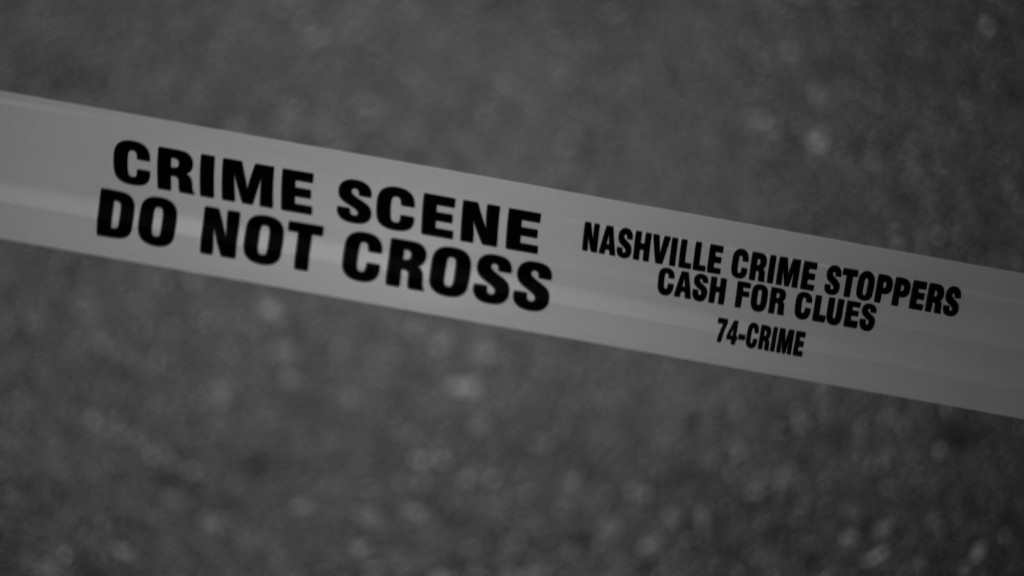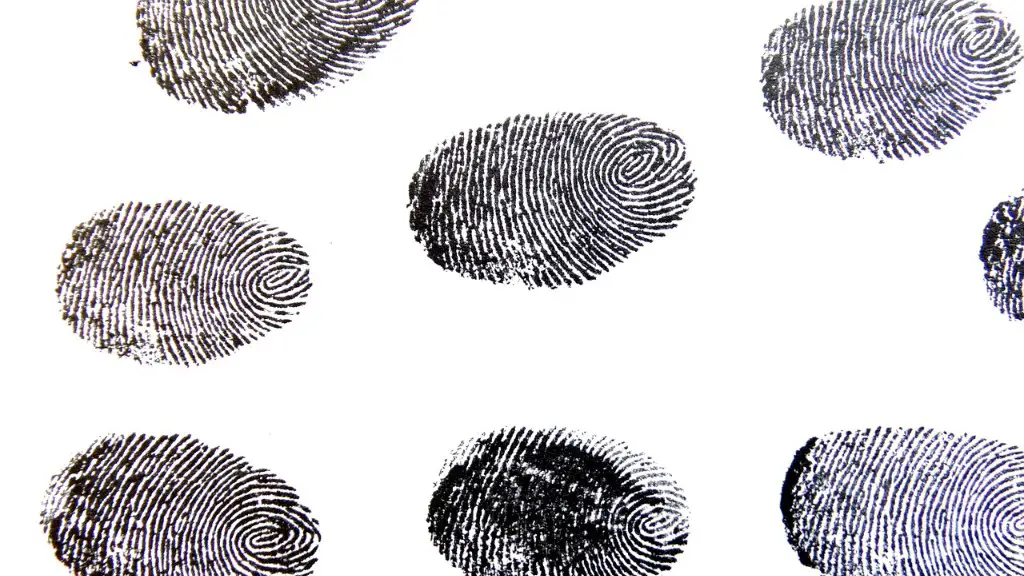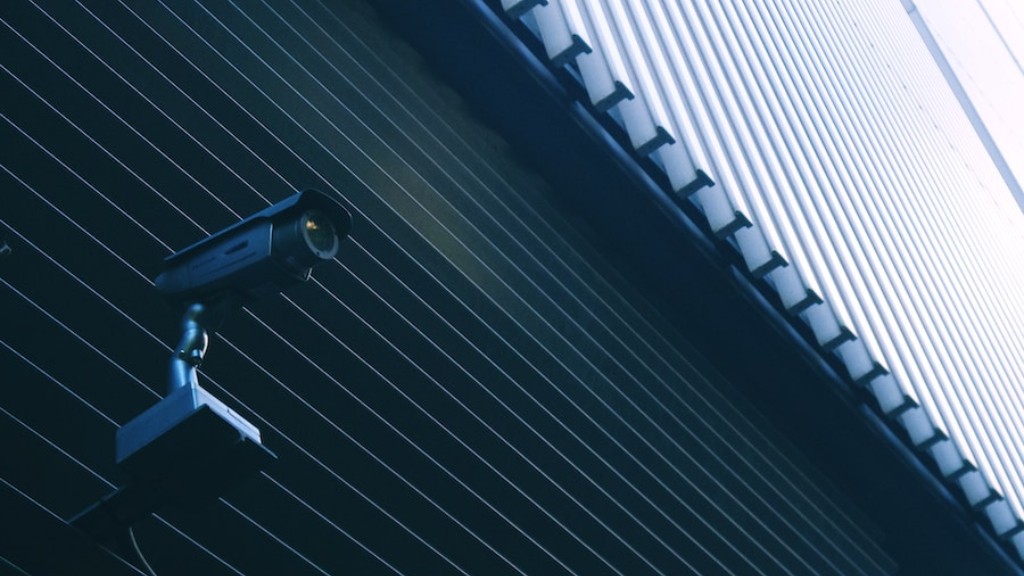The Central Intelligence Agency (CIA) Security Triad is an important security mechanism put in place by the US government to protect US national security interests from internal and external threats. It has been in place since the early days of the Agency and remains in place today to ensure the safety of US citizens and interests around the world. The triad consists of the physical security, personnel security, and information security protections.
The physical security aspect of the CIA Security Triad is one of the most important parts. It is responsible for the protection of Agency facilities, personnel, and assets. This part of the triad ensures that Agency personnel are maintained in areas of safe-keeping and that there are proper security measures put in place. This includes physical barriers, such as fences, walls, and gates, as well as the use of advanced biometric technology to ensure that only authorized personnel can access Agency facilities.
The personnel security component of the CIA Security Triad ensures that all personnel employed by the Agency are of the highest caliber. This is done through a rigorous background and reference check process. This process goes into depth to look into an individual’s history, character, and work abilities, as well as their criminal record. Additionally, personnel are required to complete regular training and testing to maintain their security clearance.
The final component of the CIA Security Triad is information security. This is an area where the Agency has worked diligently over the years to protect its data and operations. The Agency has developed protocols and protocols to protect its classified information, including encryption and secure communication techniques, as well as the implementation of robust access control. Furthermore, the CIA employs personnel who are experts in information security and ensure the Agency’s data remains safe.
Overall, the CIA Security Triad provides an important layer of security for the US government and its citizens. The physical, personnel, and information security elements of the triad work together to ensure the safety of US citizens and interests around the world. This triad has proven to be an effective system for protecting US national security interests and maintaining US security.
CIA Security Standards
The CIA Security Triad is founded on certain standards and processes that have been put in place to ensure the highest level of security possible. The first standard is the CIA Security Directive (CSD), which contains the primary rules and regulations surrounding security and intelligence operations conducted by the Agency.
The second standard is the Information Security Program Manual (IPC), which is a detailed document outlining the procedures, requirements, and responsibilities related to information security, as well as the internal and external security measures in place to protect classified information or assets. The manual also addresses the physical security and personnel security of the Agency.
The last security standard is the Information Security Certification and Accreditation Procedure (CAPP). This procedure is used to ensure that all system components and personnel who access, use, or handle the Agency’s information systems and other information systems are in compliance with CIA security requirements.
These security standards are important to the overall security posture of the CIA and the US government. They have been tested, updated, and implemented to ensure the highest level of security possible. The CIA Security Triad stands as a cornerstone of US security, and with the maintenance of these standards, the Agency will continue to protect US citizens and interests around the world.
CIA Security Tools
The CIA Security Triad is supported by a number of security tools and technologies. The Agency employs various secure communication systems, secure file storage and retrieval, and advanced biometric authentication systems. The Agency also uses a range of cyber security solutions to monitor and detect cyber attacks, as well as to protect its networks from malicious intrusion.
The Agency also relies on a range of technical security solutions. This includes the use of encryption to protect classified data, as well as advanced antivirus and anti-malware solutions to protect Agency networks and systems. Furthermore, the Agency employs a range of secure data transport systems and practices, such as the use of virtual private networks (VPNs) to securely exchange information over the internet.
The Agency also employs a range of manual security tools. This includes physical security measures, such as guards and fences, as well as stringent personnel security measures, such as background checks and personnel access regulations. Furthermore, the Agency has developed protocols and procedures to understand and react to potential threats and to share intelligence across the Agency and with other governmental organizations.
Secure communication is key to the Agency’s operations, and the Agency utilizes various encryption technologies to protect its data and operations. These security solutions are constantly tested, updated, and secured to maintain the Agency’s highest levels of security.
CIA Data Protection
The Agency strives to ensure it keeps its data secure and confidential by deploying a range of data protection measures. This includes the use of encryption technology to securely store and transmit data over the network, as well as the implementation of access control measures that determine who can access what information. The Agency also leverages identity management solutions that enable the Agency to control and monitor user identities.
In addition to the security tools and technologies deployed to secure Agency assets, the Agency has implemented a range of additional protocols and procedures surrounding data handling and storage. This includes the establishment of secure storage and destruction procedures for classified data, as well as the requirement for personnel to use access control measures when dealing with classified materials.
Furthermore, the Agency regularly reviews, updates, and monitors its security posture and procedures to ensure it is safeguarding its data from malicious actors. This includes regularly conducting security training and educational programs to make personnel aware of the threats and dangers surrounding data mishandling.
CIA Security Audits
The Agency is subject to regular security audits to ensure that its security posture remains effective and up to date. These audits involve the evaluation of the Agency’s security tools, technologies, and personnel procedures to determine if they are still up to the standards set by the Agency. If any security issues or threats are found, they are addressed and corrected immediately.
The Agency also regularly reviews its security policies to ensure that they remain effective and in compliance with the Agency’s requirements. Additionally, the Agency engages in periodic penetration testing to test the effectiveness of its security tools and technologies. These tests help the Agency identify any vulnerabilities in its systems and networks, which can then be addressed and corrected.
Furthermore, the Agency shares its security information, as well as its security procedures and protocols, with other government agencies to ensure that US government security interests are maintained. These security protocols are regularly reviewed and updated to ensure their efficacy and to maintain the highest levels of security for US citizens and interests.
CIA Security Programs
The Agency runs a range of security programs designed to ensure the safety and security of its personnel and assets. These include the Employee Security Awareness and Prevention Program, which educates employees on security risks and best practices, as well as the Physical Security Program, which ensures the security of Agency properties and areas.
Furthermore, the Agency has deployed a range of online and physical security programs to protect its data and operations. This includes the use of biometrics to identify authorized personnel, as well as the implementation of standard operating procedures and protocols for secure data storage and destruction.
The Agency also has a range of incident response procedures that are put in place in the event that there is a security breach or malicious attack. This includes both internal and external response procedures, and the Agency works diligently to ensure that its personnel are properly trained and prepared to respond to both internal and external security threats.
The CIA Security Triad is one of the most important security mechanisms employed by the US government and the Central Intelligence Agency. The security triad consists of physical, personnel, and information security protections, as well as a range of security standards, tools, and programs designed to protect the safety and security of US citizens and interests around the world.





